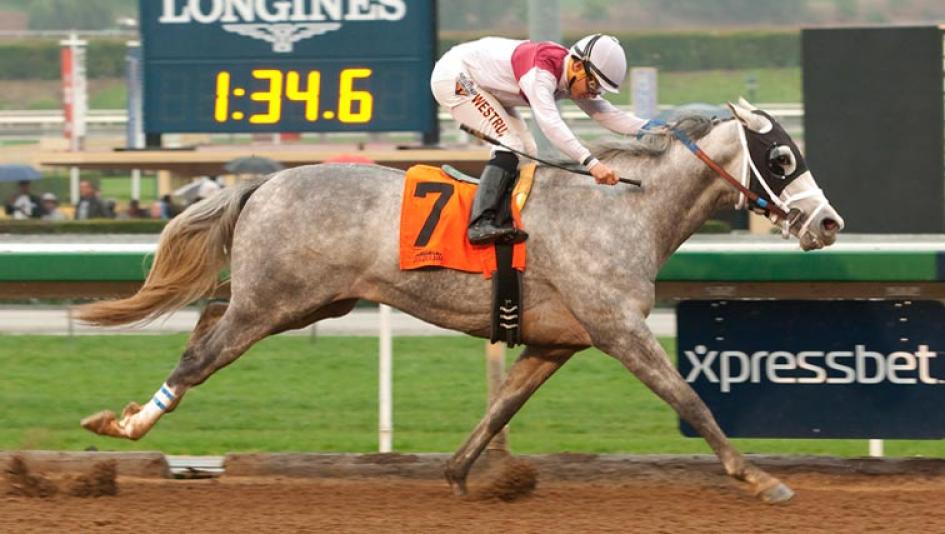Welcome readers to this comprehensive guide on Thoroughbred horse sales. Thoroughbred horse sales play a significant role in the horse racing industry, serving as a platform for breeders, owners, and trainers to buy and sell horses.
In this blog post, we will delve into the world of Thoroughbred horse sales, exploring what they are, the different types of sales, the process of selling horses, and attending sales as a potential buyer.
What are Thoroughbred horse sales?
-
Definition and Purpose:
Thoroughbred horse sales are events where horses are bought and sold within the horse racing industry. The primary purpose of these sales is to facilitate transactions between breeders, owners, and trainers, allowing them to acquire or sell quality racehorses. Thoroughbred horse sales are not only a means of generating revenue but also an opportunity for breeders to showcase their breeding programs and for buyers to acquire promising racehorses.
-
Types of Thoroughbred horse sales:
-
Public Auctions:
Public auctions are the most common type of Thoroughbred horse sales. These auctions take place at designated venues and can include various types such as yearling sales, two-year-old sales, and mixed sales. Yearling sales are particularly popular as they provide an opportunity to purchase young horses before they begin their race training. During public auctions, horses are presented to potential buyers, and bidding takes place to determine the final sale price.
-
Private Sales:
Private sales occur outside of auction settings and involve direct transactions between parties. These sales can take place between breeders, owners, trainers, or any combination thereof. Private sales offer more flexibility and privacy compared to public auctions. However, they require a network of connections and a level of trust between the involved parties. Private sales can be advantageous for buyers seeking specific bloodlines or horses that may not be available in public auctions.
The Process of Thoroughbred horse sales:
-
Preparing Horses for Sale:
-
Bloodline Research:
When preparing a horse for sale, it is crucial to conduct thorough research on its bloodline. The pedigree information provides valuable insights into a horse’s lineage, potential abilities, and marketability. Evaluating the success of previous generations can give an indication of the horse’s racing potential. Breeders and sellers should pay attention to notable ancestors and successful progeny when showcasing a horse’s bloodline.
-
Physical Evaluation:
Physical evaluation is an essential aspect of preparing a horse for sale. Buyers are interested in horses with good conformation, soundness, and a clean bill of health. Before listing a horse for sale, it is advisable to have a veterinarian perform a comprehensive examination and provide health records. Sellers should ensure that their horses are in peak physical condition, as it significantly increases their chances of attracting potential buyers.
-
Marketing Strategies:
-
Creating an Attractive Sales Profile:
To effectively showcase a horse, sellers should create an appealing sales profile. This profile should include high-quality photographs that accurately represent the horse’s appearance and features. Detailed and honest descriptions play a crucial role in attracting potential buyers. Sellers should highlight the horse’s notable achievements, potential, and any unique attributes that set it apart from others. Honesty and transparency are vital to building trust with potential buyers.
- Utilizing Online Platforms and Advertising Channels:
In today’s digital age, online platforms dedicated to Thoroughbred horse sales have become increasingly popular. Sellers should take advantage of these platforms to reach a wide audience of potential buyers. Additionally, utilizing social media channels, horse racing forums, and other advertising methods can help expand the reach of a sales listing. By leveraging these channels, sellers can increase the visibility of their horses and attract more potential buyers.
Attending Thoroughbred horse sales:
-
Researching Sales Catalogs:
Before attending a thoroughbred sale, it is essential to study the sales catalogs thoroughly. Sales catalogs contain detailed information about each horse available for purchase, including pedigree, physical attributes, and the seller’s contact information.
Buyers should identify their specific criteria and bloodlines of interest and use the catalog as a tool to shortlist potential purchases. Thorough research and analysis of sales catalogs can save buyers time and help them make informed decisions.
-
Auction Day:
-
Setting a Budget:
Setting a realistic budget is crucial for buyers attending Thoroughbred horse sales. Buyers should determine their financial constraints and goals beforehand to avoid overspending. It is advisable to consult with financial advisors or industry professionals to establish a budget that aligns with individual circumstances and objectives.
-
Bidding Strategies:
Participating in auctions can be an exciting yet challenging experience. It is essential to understand the bidding process and develop effective bidding strategies. Buyers should set a maximum bid for each horse they are interested in and avoid getting caught up in bidding wars that exceed their budget. Recognizing when to stop bidding is crucial to avoid overpaying and ensure a successful purchase.
Conclusion:
Thoroughbred horse sales are a fundamental aspect of the horse racing industry, allowing breeders, owners, and trainers to buy and sell quality racehorses. In this blog post, we explored what Thoroughbred horse sales are, the different types of sales, the process of selling horses, and attending sales as a potential buyer.
We hope you found this guide helpful and informative. If you have any questions or would like to share your experiences with Thoroughbred horse sales, we invite you to leave a comment below. Happy buying and selling!



